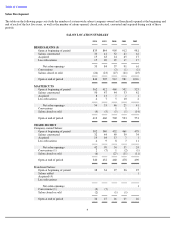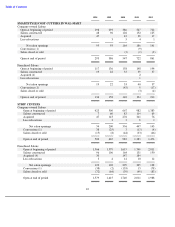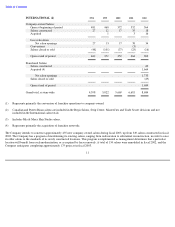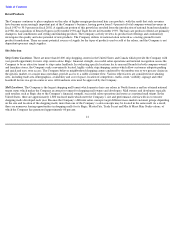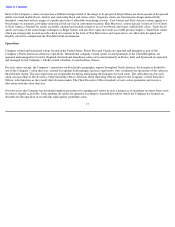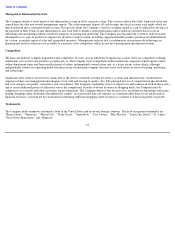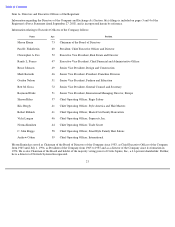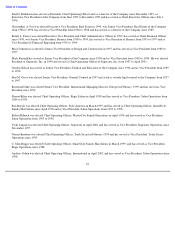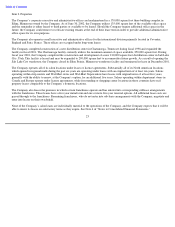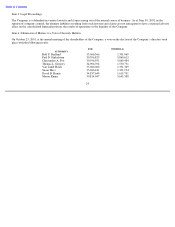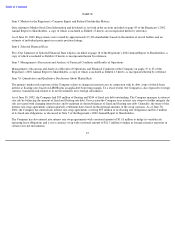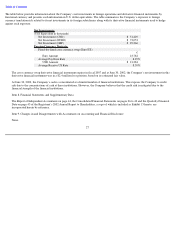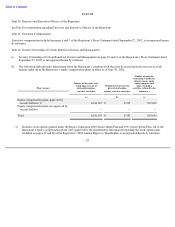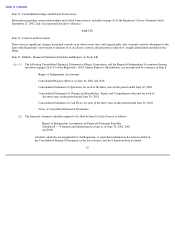Supercuts 2002 Annual Report Download - page 22
Download and view the complete annual report
Please find page 22 of the 2002 Supercuts annual report below. You can navigate through the pages in the report by either clicking on the pages listed below, or by using the keyword search tool below to find specific information within the annual report.
Table of Contents
Although the Company believes the use of these trademarks is important in establishing and maintaining its reputation as a national operator of
high quality hairstyling salons and is committed to protecting these trademarks by vigorously challenging any unauthorized use, the Company’
s
success and continuing growth are the result of the quality of its salon location selections and real estate strategies.
Employees
As of June 30, 2002, the Company had approximately 43,000 full- and part-time employees worldwide, of which approximately 37,000
employees were located in the United States. None of the Company’s employees are subject to a collective bargaining agreement and the
Company believes that its employee relations are amicable.
Community Involvement
Many of the Company’s stylists volunteer their time to support charitable events for breast cancer research. Proceeds collected from such
events are distributed through the Regis Foundation for Breast Cancer Research. The Company’s community involvement also includes a
major sponsorship role for the Susan G. Komen Twin Cities Race for the Cure. This 5K run and one-mile walk is held in Minneapolis on
Mother’s Day to help fund breast cancer research, education, screening and treatment. To date, the Company has raised more than $3.5 million
in fundraising for breast cancer research.
Governmental Regulations
The Company is subject to various federal, state, local and provincial laws affecting its business as well as a variety of regulatory provisions
relating to the conduct of its cosmetology business, including health and safety.
In the U.S., the Company’s franchise operations are subject to the Federal Trade Commission’s Trade Regulation Rule on Franchising (the
“FTC Rule”) and by state laws and administrative regulations that regulate various aspects of franchise operations and sales. The Company’s
franchises are offered to franchisees by means of an offering circular/disclosure document containing specified disclosures in accordance with
the FTC Rule and the laws and regulations of certain states. The Company has registered its offering of franchises with the regulatory
authorities of those states in which it offers franchises and in which such registration is required. State laws that regulate the franchisor-
franchisee relationship presently exist in a substantial number of states and, in certain cases, apply substantive standards to this relationship.
Such laws may, for example, require that the franchisor deal with the franchisee in good faith, may prohibit interference with the right of free
association among franchisees, and may limit termination of franchisees without payment of reasonable compensation. The Company believes
that the current trend is for government regulation of franchising to increase over time. However, such laws have not had, and the Company
does not expect such laws to have, a significant effect on the Company’s operations.
19


